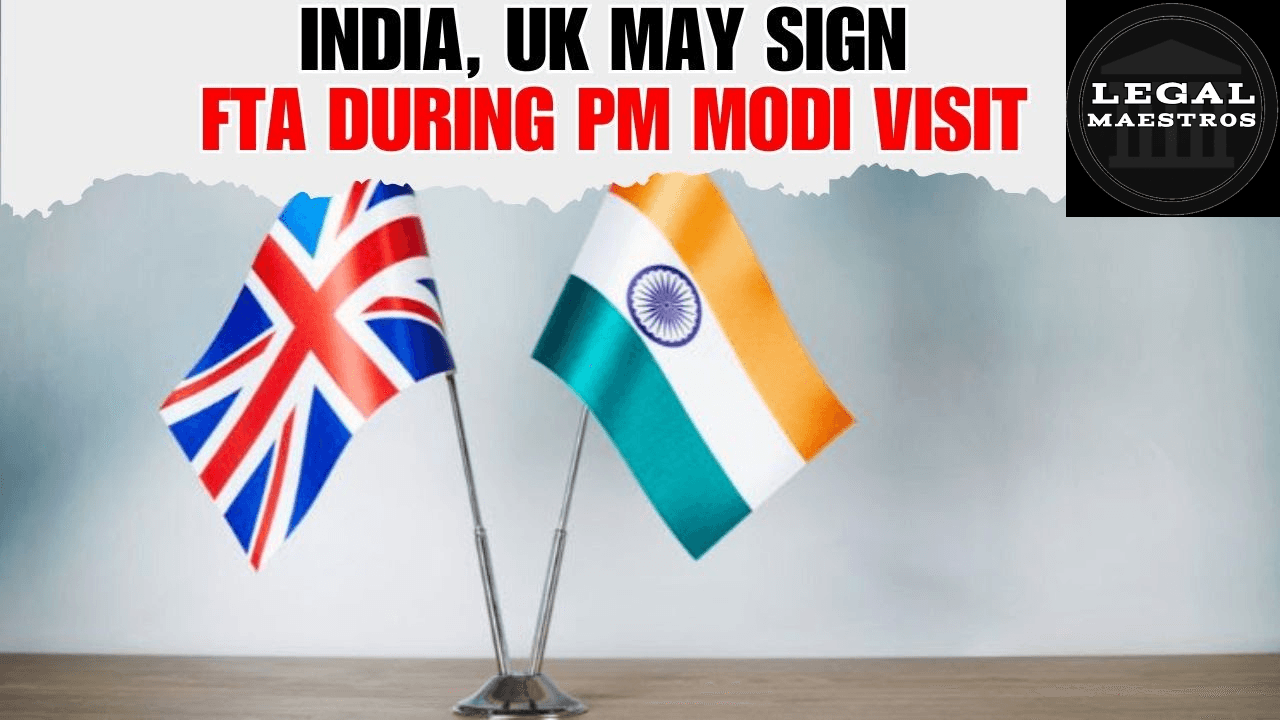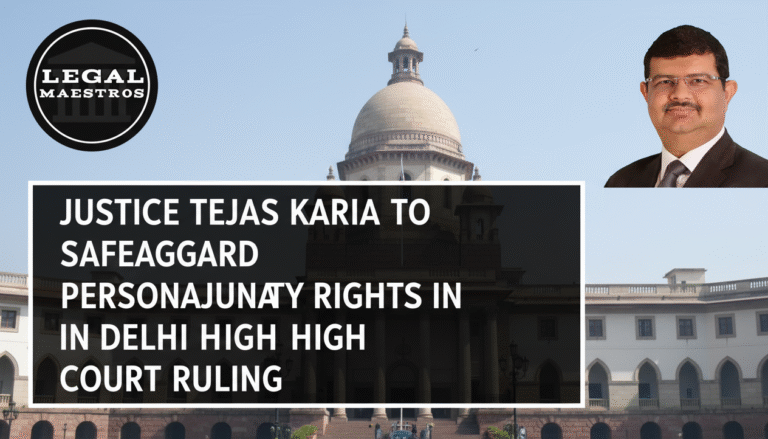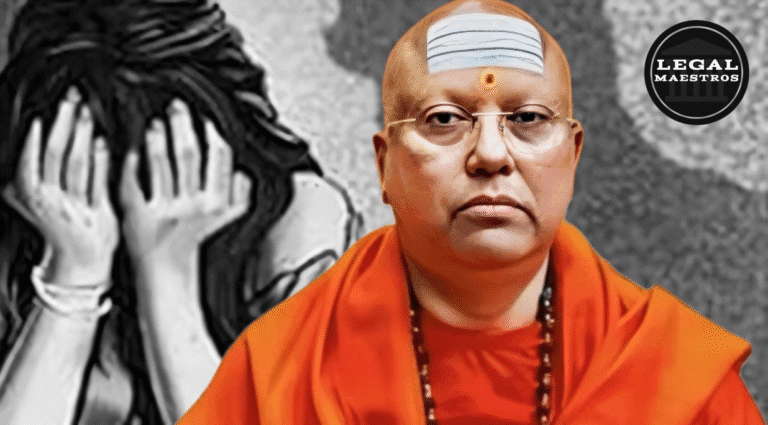
India-UK Economic Partnership: What the FTA Means Amid Modi's 2025 Visit
Introduction
When Modi jets off to London next summer, trust me, the spotlight’s gonna be glued to that shiny new Free Trade Agreement with the UK. They’re hyping it up like it’s the next big thing chopping down tariffs, unlocking fresh markets, basically dusting off those old-school ties between the two countries. For regular folks? It could actually mean snagging cheaper stuff at the store, more gigs popping up in factories, and maybe even your neighborhood chaiwala going global. Wild times, huh?
Background of the Agreement
So, here’s the deal: India and the UK kicked off these official talks sometime late in 2022. Both sides were basically eyeing a win—India was itching for smoother entry for its textiles, leather goods, and all those IT wizards. Meanwhile, the UK had its sights set on shipping over more farm products and getting British universities on more Indian students’ radars. They spent ages poking around in each other’s rulebooks and market quirks, and finally just before Modi hopped on a plane for his visit, the negotiators hammered out an agreement. Took ‘em long enough, huh?
How the Agreement Is Anchored in Law
Okay, so here’s the deal: Section 6 of India’s Foreign Trade Act from way back in 1992 basically hands the government the keys to the trade-kingdom. They get to strike deals, tweak import taxes, and set up rules all to pump up India’s development and give businesses a shot at global markets. Parliament cooked this up so Indian products could actually leave the country and not just collect dust. Now, hop over to the UK. Section 1 of their shiny new Trade Act 2021? That’s their playbook for cutting international deals. It gives ministers the green light to sign off on trade agreements, knock down barriers that make life hard for UK exporters, and keep things fair no funny business allowed. In short: both sides have their own toolkits to get what they want at the trade table.
Key Provisions of the FTA
Alright, here’s the real talk version: So, with this new deal, most Indian stuff rolling into the UK is getting a sweet break on import taxes dropping from like 10% to just 3% over five years. Not bad, right? Take a cotton shirt, for instance. Used to get slapped with a ₹250 duty per shirt. Now? By 2028, that could drop by ₹200–₹220. That’s basically pocket change for the customs guys. And it’s not just about shirts. The Brits are also slashing tariffs on things like cheese and, weirdly enough, fancy meats. Picture this: a grocery store in Mumbai can now grab British cheddar for nearly 15% less than what it cost before. So yeah, if you’ve ever wanted to put “imported British cheese” on your shopping list, now’s your chance. Oh, and the tech folks aren’t left out. Indian IT companies hello, Bengaluru won’t have to jump through as many flaming hoops to get their people over to the UK. Need to ship some engineers to London to sort out a bank’s cloud mess? That’s gonna be way easier. Basically, less paperwork, more actual work. Nice change for a Monday, no?
Benefits for India and the UK
Alright, let’s break it down this deal is basically like someone just handed Indian businesses a golden ticket to a shopping spree. Sixty-seven million new customers? That’s not peanuts. We’re talking folks who gobble up almost £3 trillion in stuff every year. Suddenly, places like Tirupur (where they crank out T-shirts by the truckload), Sricity (big on gadgets), and Surat (bling central for diamonds) could be slammed with orders. More exports, more jobs sounds like a win, right? Don’t sleep on the UK side either. Farmers and food makers over there imagine some guy in Somerset with a cheese that smells like gym socks but tastes like heaven—can now actually compete with EU big shots. Thanks to lower tariffs, his cheddar might end up in Chennai or Kolkata for about the same price as in Singapore or Sydney. That’s wild. And here’s the real kicker: small and mid-sized businesses won’t have to do the paperwork Olympics anymore. There’s a new online “single window” thing upload your forms once, and you’re done. No more running around collecting stamps for customs, health checks, or certificates. It’s like someone finally upgraded them from a flip phone to a smartphone. About time, honestly.
Worries and Obstacles to Overcome
So, what’s the government do? Classic move they slap on a five-year “safeguard” for some dairy goods. Basically, if the imports come in like a tidal wave, boom, import duties are back on. Article 5 magic. Meanwhile, over in the UK, trade unions are side-eyeing the whole thing too. Their gripe? They’re worried companies will just parachute in their own folks for quick gigs instead of giving locals a shot. The fix? There’s a cap: three years max for these company transfers. After that, firms gotta start fishing from the local talent pool. Kinda keeps everyone honest, at least on paper.
Conclusion
Alright, let’s ditch the stiff suit and tie. So, this India-UK Free Trade Agreement it’s like hitting refresh on the whole “special relationship” thing. We’re talking slashing tariffs, making visas less of a headache, and cutting down on all the soul-crushing paperwork. Supposedly, this means smoother sailing for everybody: farmers, factories, those folks in tech basically, anyone trying to make a living on either side of the deal. Modi’s popping over in 2025, and they’re making a big show of the signing. Loads of suits, cameras flashing, the works. But honestly? The real action isn’t gonna be at some glitzy ceremony. It’ll play out in the everyday grind. Picture a dairy guy out in Punjab or some coder hustling in Manchester if this thing actually pans out, they’re the ones who’ll notice. Cheaper stuff, maybe a new job or two, a few more doors open. That’s where you’ll see if all the hype was worth it.
Section References
Section 6 of the Foreign Trade (Development and Regulation) Act, 1992 yeah, that’s the bit that basically lets the Indian government cut deals and get those trade agreements rolling. Meanwhile, the UK’s got Section 1 of the Trade Act 2021. Pretty much gives their government the green light to jump into international trade deals. Simple as that.






